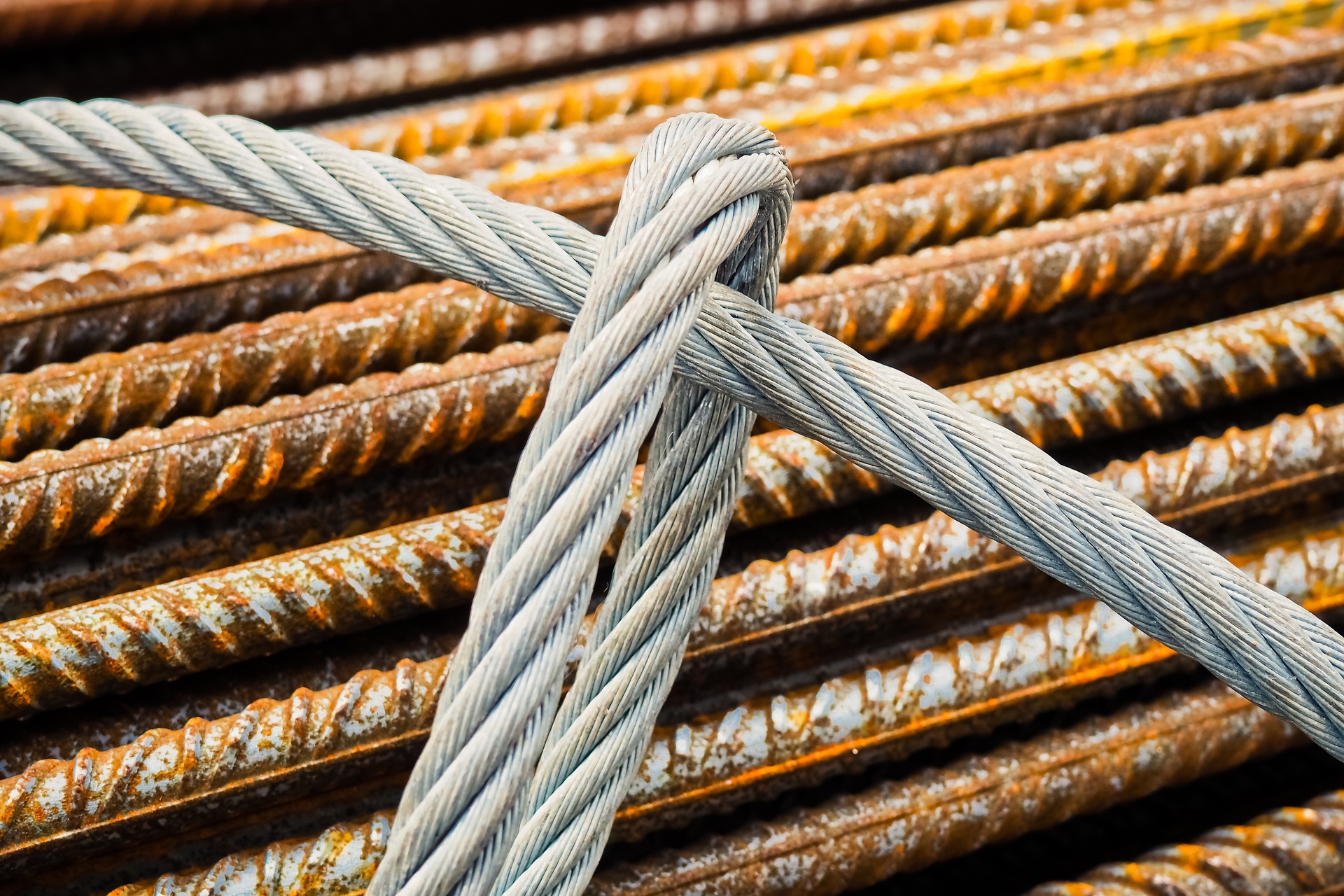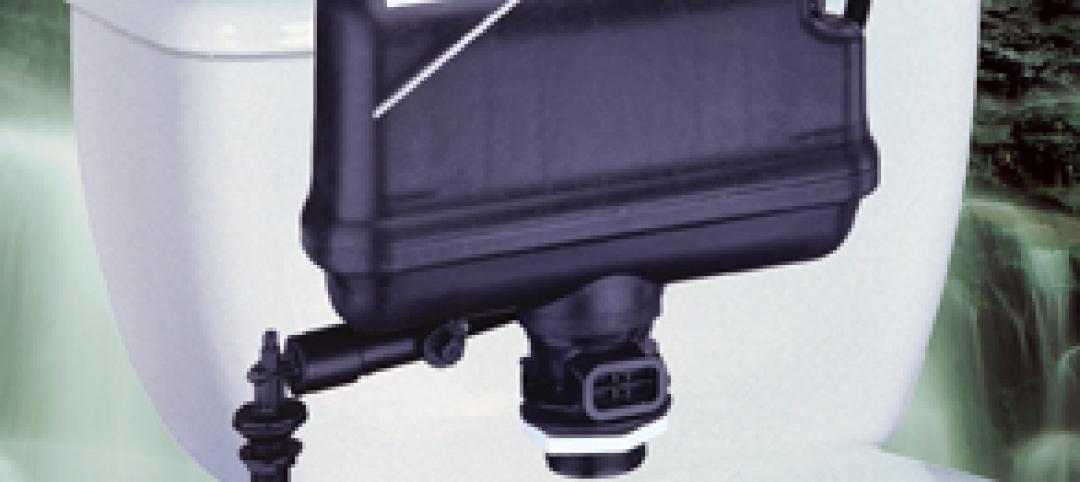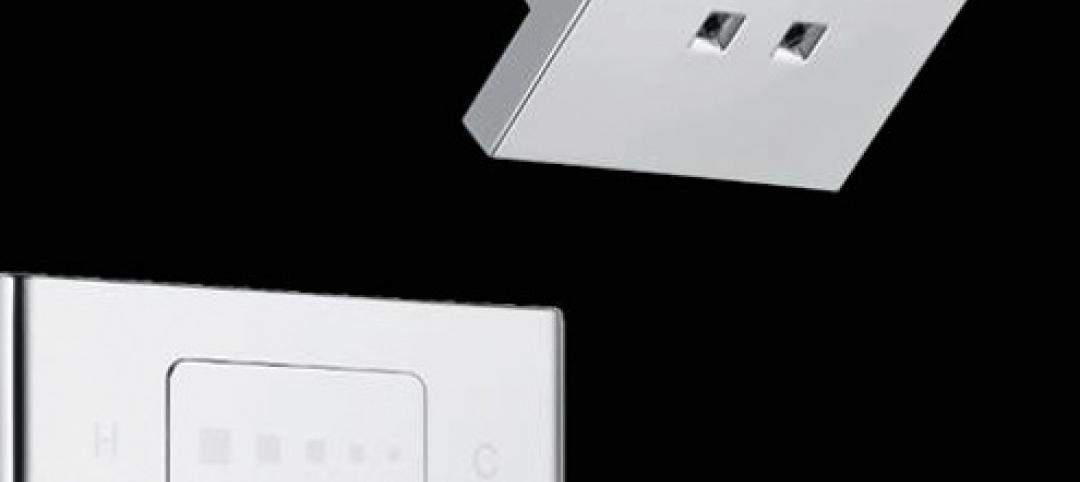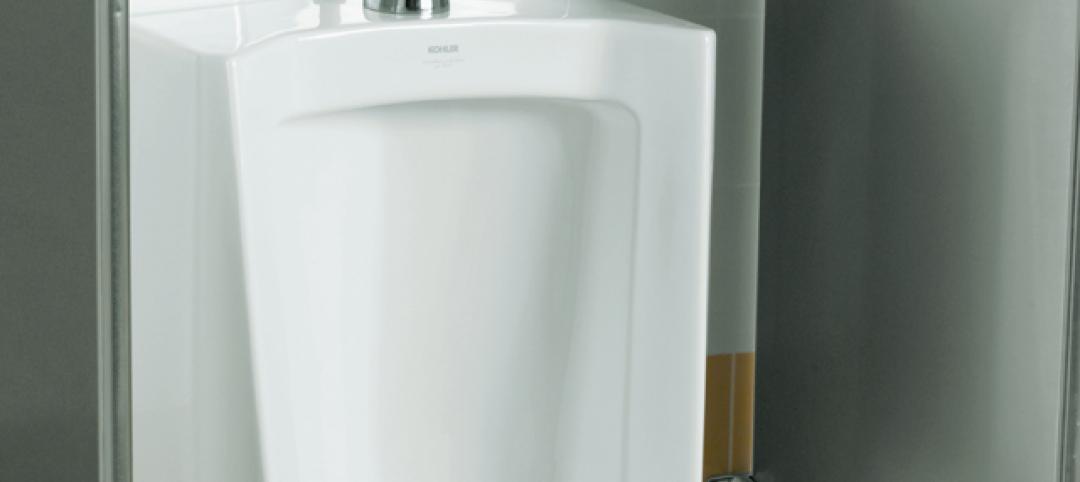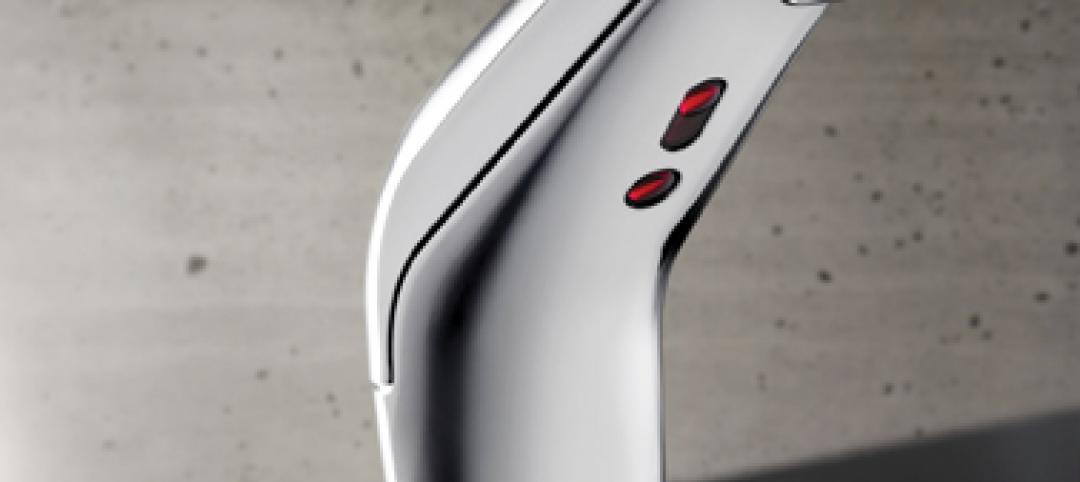The U.S. Environmental Protection Agency will provide 38 grant recipients with nearly $160 million to support efforts to report and reduce climate pollution from the manufacturing of construction materials and products.
The grants will be awarded to businesses, universities, and nonprofit organizations to help disclose the environmental impacts associated with manufacturing concrete, asphalt, glass, steel, wood, and other materials. The grants will support the Federal Buy Clean Initiative, which leverages the U.S. government’s position as the largest purchaser on Earth to catalyze demand for clean construction materials used in federal buildings, highways, and infrastructure projects.
Ranging from $250,000 to $10 million, the grants will help businesses develop environmental product declarations (EPDs) that show environmental impacts across the life of a product and can catalyze more sustainable purchasing decisions by allowing buyers to compare products. Investments in data and tools will make high-quality EPDs available for 14 material categories, which include both new and salvaged or reused materials.
Grant recipients include:
• A company in Georgia that will report the emissions savings gained by switching from higher-carbon components in cement and concrete to recycled and innovative materials.
• A company in Maine that manufactures insulation made from wood fiber will track the quantity of energy and raw materials used in each of their processes.
• A nonprofit organization in Illinois that sells reused architectural materials will measure how much the salvaged materials reduce carbon emissions.
• A large insulation manufacturer based in Indiana will use grant funding to measure and report greenhouse gas emissions for their full product portfolio.
• A major university will use grant funds to research and document carbon emissions savings from reusing structural steel.
Related Stories
| Feb 15, 2011
New 2030 Challenge to include carbon footprint of building materials and products
Architecture 2030 has just broadened the scope of its 2030 Challenge, issuing an additional challenge regarding the climate impact of building products. The 2030 Challenge for Products aims to reduce the embodied carbon (meaning the carbon emissions equivalent) of building products 50% by 2030.
| Feb 11, 2011
Four Products That Stand Up to Hurricanes
What do a panelized wall system, a newly developed roof hatch, spray polyurethane foam, and a custom-made curtain wall have in common? They’ve been extensively researched and tested for their ability to take abuse from the likes of Hurricane Katrina.
| Feb 10, 2011
Green Plumbing Fixtures Take a Major Leap Forward
Today’s low-flow plumbing fixtures not only conserve water, they also provide convenience and ease of maintenance.
| Feb 10, 2011
Sloan Valve Co. Flushmate
Sloan Valve Co.’s Flushmate IV 1-gallon pressure-assist system uses air pressure to flush. Rather than pulling waste through the trapway, the system, which works with tank-style high-efficiency toilets, pushes the waste through at nearly three times the flow rate of gravity units. Large water surface area also helps the toilets stay clean longer.
| Feb 10, 2011
Delta WaterSense-labeled showerheads
Delta offers nine collections with WaterSense-labeled showerheads, which are equipped with droplet-enlarging technology that increases both water and energy savings. An Arzo Collection showerhead is pictured.
| Feb 10, 2011
Kohler urinals
Kohler offers urinals with three flush options to fit a variety of applications: standard 1-gallon, pint, or waterless.
| Feb 10, 2011
Moen M•Power electronic faucets
At 0.5 gpm, Moen’s M•Power electronic faucets meet the current standards, and offer features that eliminate waste. Improved electronic sensors reduce reflectivity to stop false sensing, and turn off automatically after 30 seconds. Electronics can be installed above or below deck to accommodate different sink styles.
| Feb 3, 2011
Duro-Last Roofing, Inc. Adds Standing Seam Metal Product Line
Duro-Last Roofing, Inc. is adding a standing seam metal product line to its roofing system offerings. With five profiles and more than thirty colors to choose from, the new line will enable authorized Duro-Last contractors to provide a standing seam roofing installation to meet virtually any aesthetic requirements.
| Jan 25, 2011
Sherwin-Williams Zero-VOC Claim Misleading, Says BBB
In a move that could prompt industry-wide changes to claims about volatile organic compounds (VOCs), the Better Business Bureau’s National Advertising Division (NAD) has told Sherwin-Williams it should stop marketing its Harmony line of paints as “zero-VOC.” Sherwin-Williams said it will accept NAD’s decision and will take the findings into consideration in its future advertising.


